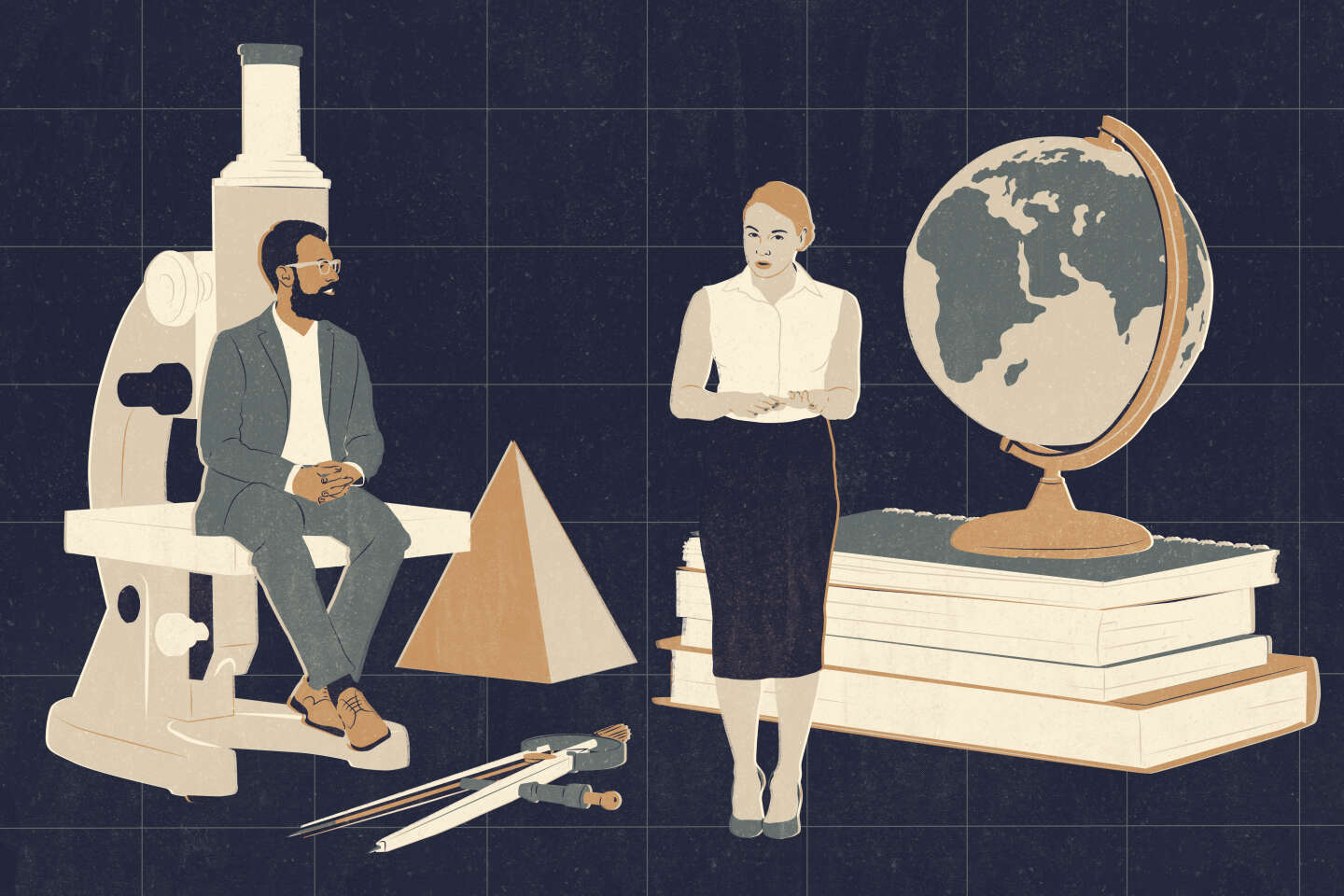
EIn 2003, France resolutely took on the fight against cancer thanks to the first cancer plan. For the first time, a country put together a global plan to combat a disease; It was a major turning point in public health policy at the time.
Twenty years later, there have been numerous advances that have redefined the reality surrounding cancer. The emergence of important therapeutic innovations (immunotherapies, targeted therapies, conjugated antibodies, etc.) has made it possible to significantly improve patient care and prognosis. In the case of lung cancer, for example, which has a poor prognosis, the two-year survival rate of patients cared for in hospital has doubled in twenty years (KBP study 2020). At the same time, organizational innovations and supportive care have offered patients new opportunities for a better quality of life.
The face of the disease is changing. For patients, these new perspectives bring real hope for life: the incurability often associated with cancer is giving way to the possibility of chronicity or even a cure. We have entered a new era in the fight against the disease of the century.
Today, France must consolidate its leadership in the fight against cancer, which remains the leading cause of death in our country – 160,000 patients still die from it every year The incidence rate has doubled since 1990. In 2018, almost four million French people were diagnosed with cancer. It is also estimated that one in two men and one in three women will develop cancer before the age of 85. We are all affected by these diseases, as patients, relatives or carers.
For this reason, the French association of cancer centers Unicancer, the Patients en network association and the MSD laboratory are creating the Face au(x) cancer(s) collective, which aims to help change the way we look at the disease and adapt to tomorrow’s public policies and practices. Although the World Health Organization (WHO) estimates that cancer cases worldwide could increase by around 77% by 2050, this joint effort is even more necessary to provide advance recommendations for the 2025 milestone of the ten-year strategy to combat cancer.
Maintain patient access to employment
Today we face two major challenges.
Firstly, to extend and improve the quality of life of cancer patients by better taking their experiences into account when designing care pathways and, above all, improving their integration into society, an aspect that is sometimes overlooked. and yet the quality of care is of central importance. The prospect of chronicity of certain types of cancer thanks to therapeutic advances in recent years now offers patients new horizons. However, patients find it difficult to maintain a “normal” life: 20% of 18 to 54 year olds who were working at the time of their cancer diagnosis are no longer working five years later. Let us ensure that patients who wish to do so can maintain their access to employment by placing on the social agenda the recognition of patient status, which opens up certain professional and social rights.
You still have 40.17% of this article left to read. The rest is reserved for subscribers.





